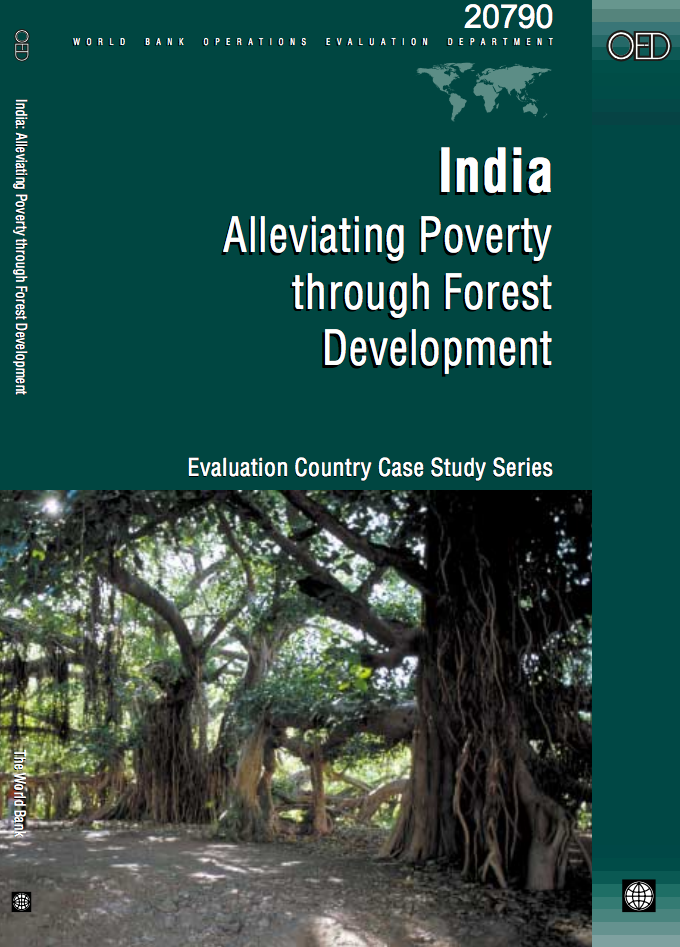Philippines : Country Water Resources Assistance Strategy 2003
The Water Resources Sector Strategy
(WRSS) supports implementation of the Bank's 1993 Water
Resources Management Policy, using the experience updated
internationally, with water resources and management. This
country Water Resources Assistance Strategy (CWRAS)
identifies the Philippines principal water resource
challenges, the current situation, how the Bank is assisting
at present, and what it should in the future. In summary


